Brazil: 2012 - The Boston Globe - 48 photos
Posted by Ricardo Marcenaro | Posted in Brazil: 2012 - The Boston Globe - 48 photos | Posted on 3:11
Brazil: 2012
Mario Tama, a Getty
Images staff photographer since 2001 and based in New York, has covered
conflict in Iraq and Afghanistan - as well as numerous humanitarian
crises and natural disasters in the US and around the world, including
most recently the earthquake in Haiti and the tornadoes in Joplin,
Missouri. He's also spent extensive time documenting Hurricane Katrina
and it's aftermath. Mario will be working on several feature stories in
Brazil, ahead of the Rio +20 UN Conference on Sustainable Energy, his
first work featured in this post. The summit aims to overcome years of
deadlock over environmental concerns and marks the 20th anniversary of
the landmark Earth Summit in Rio in 1992. Brazil is now the world's
sixth largest economy and is set to host the 2014 World Cup and the 2016
Summer Olympics. Mario’s' editor on the project describes him as
passionate and enthusiastic about showing us pieces of a country in
which he has traveled before, drawn by the people, the culture and the
economics/development of the region. -- Paula Nelson (48 photos total)

Federal
highway BR-222, June 9, 2012 in Para state, Brazil. Highway
construction through Amazonian rainforest has led to accelerated rates
of deforestation. Although deforestation in the Brazilian Amazon is down
80 percent since 2004, environmentalists fear recent changes to the
Forest Code will lead to further destruction. Around 20 percent of the
rainforest has already been destroyed. (Mario Tama/Getty Images)

A
lone remaining Amazon rainforest tree stands in a deforested section of
Amazon rainforest, June 9, 2012 in Para state, Brazil. The Brazilian
Amazon, home to 60 percent of the world's largest forest and 20 percent
of the earth's oxygen, remains threatened by the rapid development of
the country. The area is currently populated by over 20 million people
and is challenged by deforestation, agriculture, mining, a governmental
dam building spree, illegal land speculation including the occupation of
forest reserves and indigenous land and other issues.(Mario Tama/Getty
Images) #

A
truck transporting illegally harvested Amazon rainforest logs is broken
down on a road near protected indigenous land, June 10, 2012 near the
Arariboia Indigenous Reserve, Maranhao state, Brazil. Guajajara tribe
members on the reserve say their forests are being plundered by illegal
loggers who killed a member of their tribe who attempted to resist.
According to the National Institute for Space Research (INPE), which
tracks rainforest destruction by satellite, 242 square kilometers in the
reserve have already been destroyed. From 1987-2011, 1.1 million
hectares of wood disappeared in protected indigenous reserves, according
to the Brazilian government. (Mario Tama/Getty Images) #

A
man on a motorbike passes a truck illegally transporting harvested
Amazon rainforest logs on a road near protected indigenous land, June
10, 2012 near the Arariboia Indigenous Reserve, Maranhao state, Brazil.
Guajajara tribe members on the reserve say their forests are being
plundered by illegal loggers who killed a member of their tribe who
attempted to resist. The area is currently populated by over 20 million
people and is challenged by deforestation, agriculture, mining, a
governmental dam building spree, illegal land speculation including the
occupation of forest reserves and indigenous land and other issues.
(Mario Tama/Getty Images) #

A
worker loads illegally harvested Amazon rainforest wood into an oven to
be heated into wood charcoal, June 8, 2012 in Rondon do Para, Brazil.
According to a recent Greenpeace study, illegal wood charcoal is
primarily used in Brazil to power smelters producing pig iron, which is
used to make steel for industries including U.S. auto manufacturing.
Illegal charcoal camps were found to sometimes result in slave labor and
the destruction of rainforest on protected indigenous lands. Between
2003-2011, 2,700 charcoal camp workers were liberated from conditions
akin to slavery, according to Greenpeace. This worker said he was being
paid $15 per day. (Mario Tama/Getty Images) #
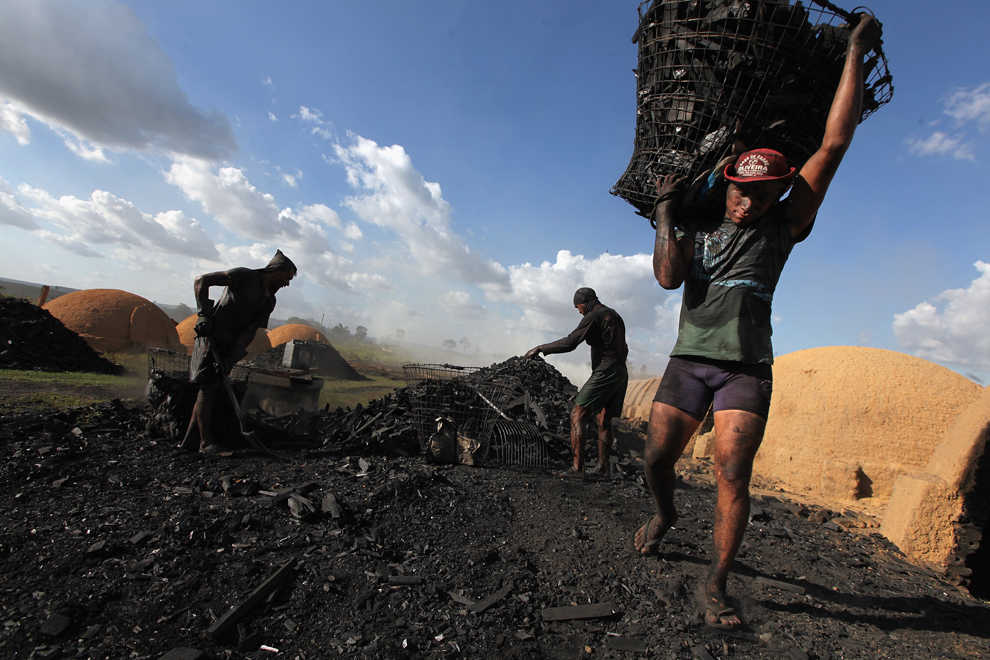
A
worker hauls a bag of charcoal produced from illegally harvested Amazon
rainforest wood onto a truck, June 8, 2012 in Rondon do Para, Brazil.
According to a recent Greenpeace study, illegal wood charcoal is
primarily used in Brazil to power smelters producing pig iron, which is
used to make steel for industries including U.S. auto manufacturing.
(Mario Tama/Getty Images) #
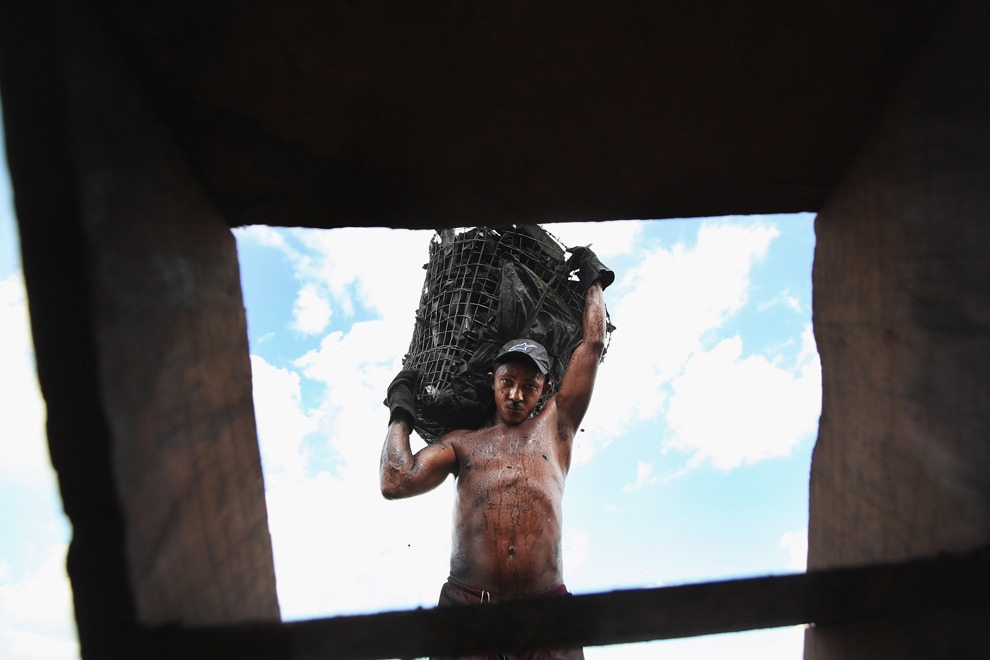
A
worker carries a bag of charcoal produced from illegally harvested
Amazon rainforest wood up a ladder onto a truck, June 8, 2012 in Rondon
do Para, Brazil. The Brazilian Amazon, home to 60 percent of the world's
largest forest and 20 percent of the earth's oxygen, remains threatened
by the rapid development of the country. (Mario Tama/Getty Images) #
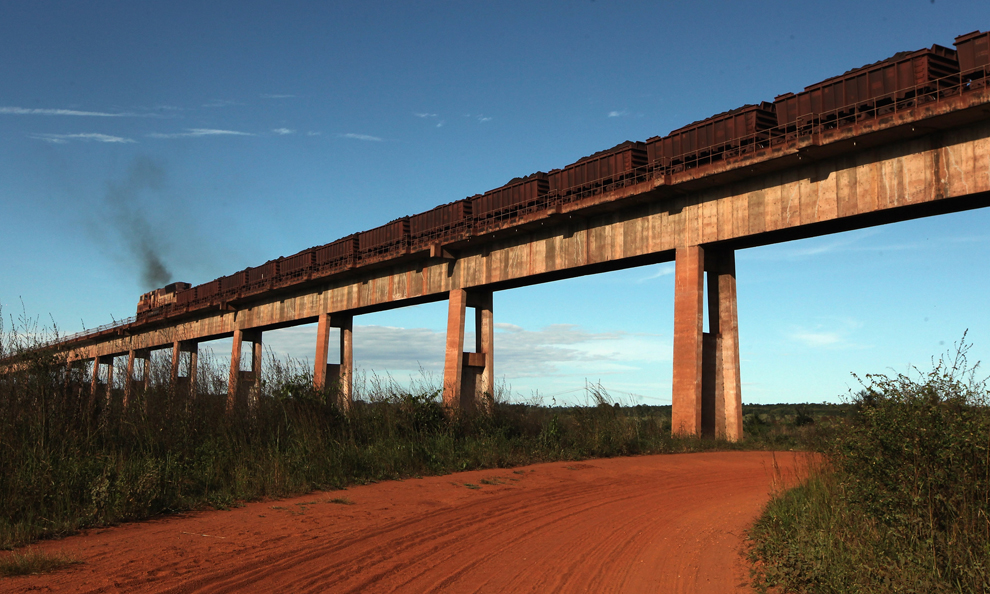
A
train operated by Vale, a mining company and Brazil's biggest exporter,
crosses a bridge, June 9, 2012 in Acailandia, Brazil. The railroad
transports iron ore from the world's largest mine on its way to a port
to be exported. The 554-mile line uses a train comprised of 330 cars and
four locomotives and is the main lifeline of the country's iron
industry. The iron ore is used to produce pig iron, which is created in
smelters fired by charcoal produced from illegally harvested Amazon
rainforest wood. (Mario Tama/Getty Images) #
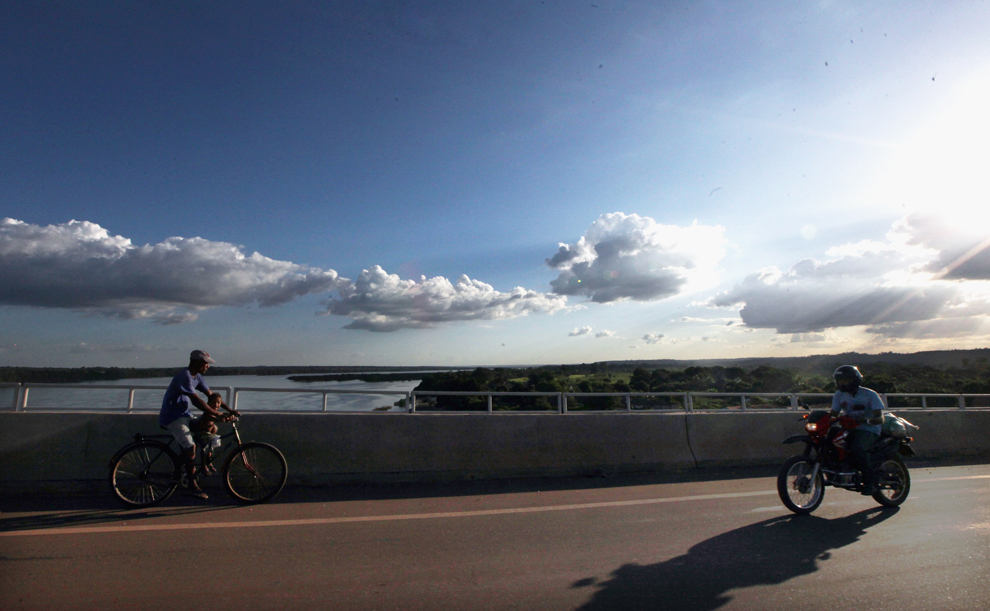
A
bicyclist and motorcycle pass one another on a bridge near a deforested
section of Amazon rainforest, June 11, 2012 in Para state, Brazil.
Although deforestation in the Brazilian Amazon is down 80 percent since
2004, environmentalists fear recent changes to the Forest Code will lead
to further destruction. Around 20 percent of the rainforest has already
been destroyed. Progress has come at a cost to the country's natural
resources. (Mario Tama/Getty Images) #
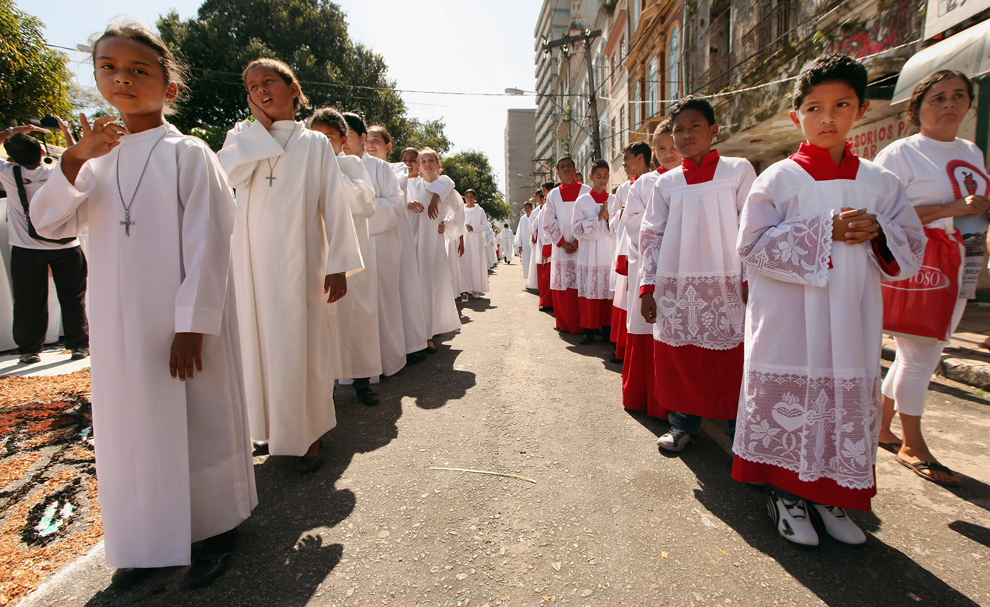
Christians
celebrate the holiday of Corpus Christi, June 7, 2012 in Belem, Brazil.
Belem is considered the entrance gate to the Amazon and for more than
300 years, boats have unloaded their wares from deep in the Amazon at
the city's historic Ver-o-Peso market. The city is home to more than 2
million people in the metropolitan area and is the main port for
international shipping in the Amazon. (Mario Tama/Getty Images) #
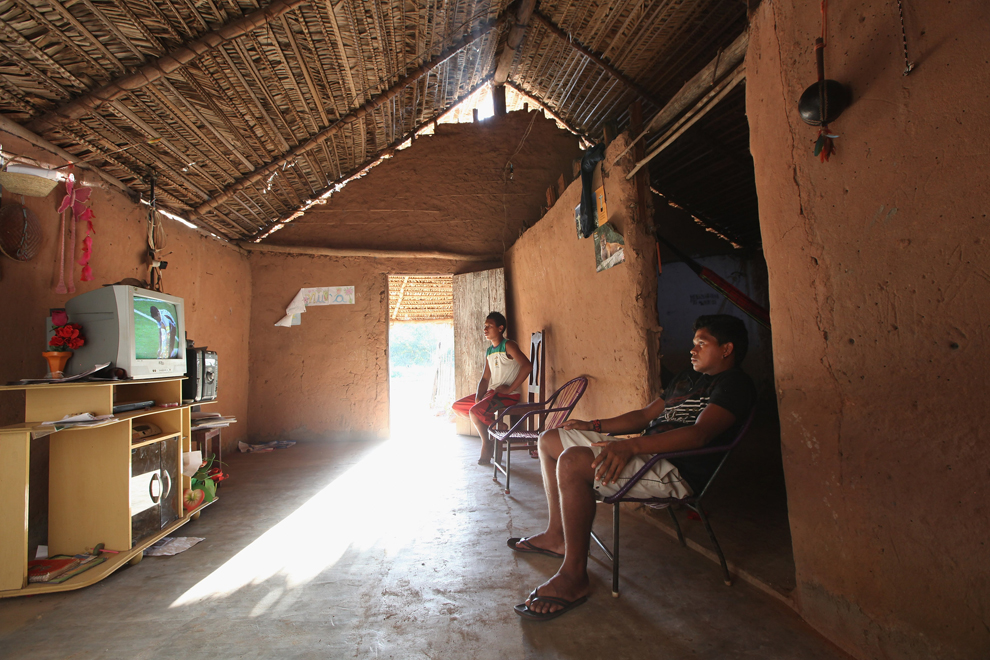
Guajajara
indigenous tribe members watch a soccer match in their village on
protected Amazonian indigenous land, June 10, 2012 in the Arariboia
Indigenous Reserve, Maranhao state, Brazil. Tribe members say their
forests are being plundered by illegal loggers who killed tribe member
who attempted to resist. According to the National Institute for Space
Research (INPE), which tracks rainforest destruction by satellite, 242
square kilometers in the reserve have already been destroyed. From
1987-2011, 1.1 million hectares of wood disappeared in protected
indigenous reserves in Maranhao state. (Mario Tama/Getty Images) #
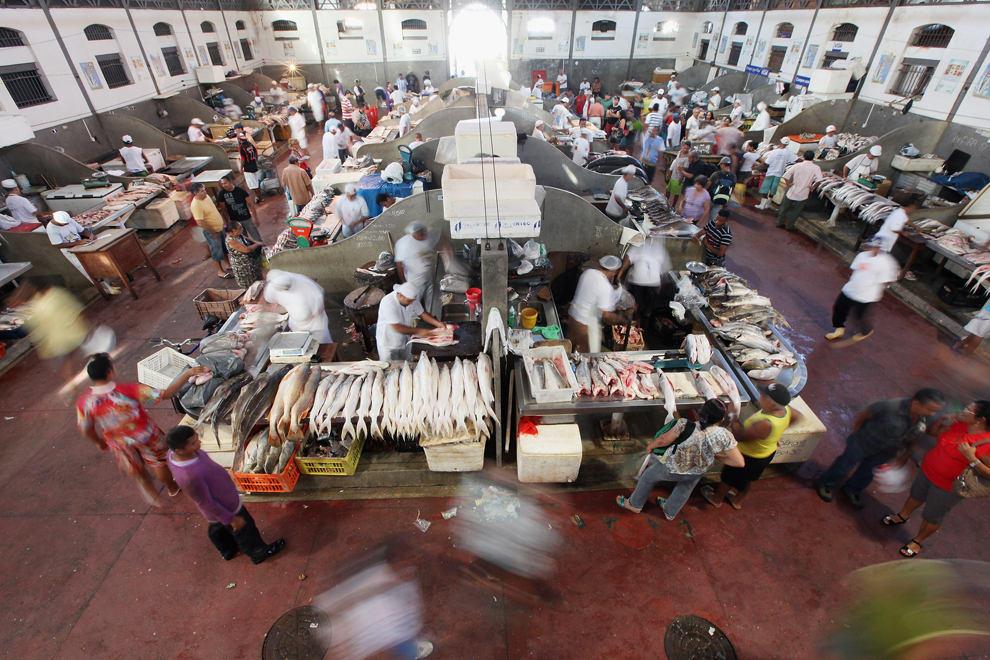
People
shop for fish at the historic Ver-o-Peso market, June 6, 2012 in Belem,
Brazil. Fishermen and others who make their livelihood on the waters of
the Amazon basin face a variety of environmental hazards including
pollution from mining, agricultural runoff and silting of the waters
caused by deforestation. "Ver-o-Peso" means "see the weight" and was
named after the colonial Portuguese mandatory weighing of merchandise to
be taxed for the Portuguese crown. (Mario Tama/Getty Images) #
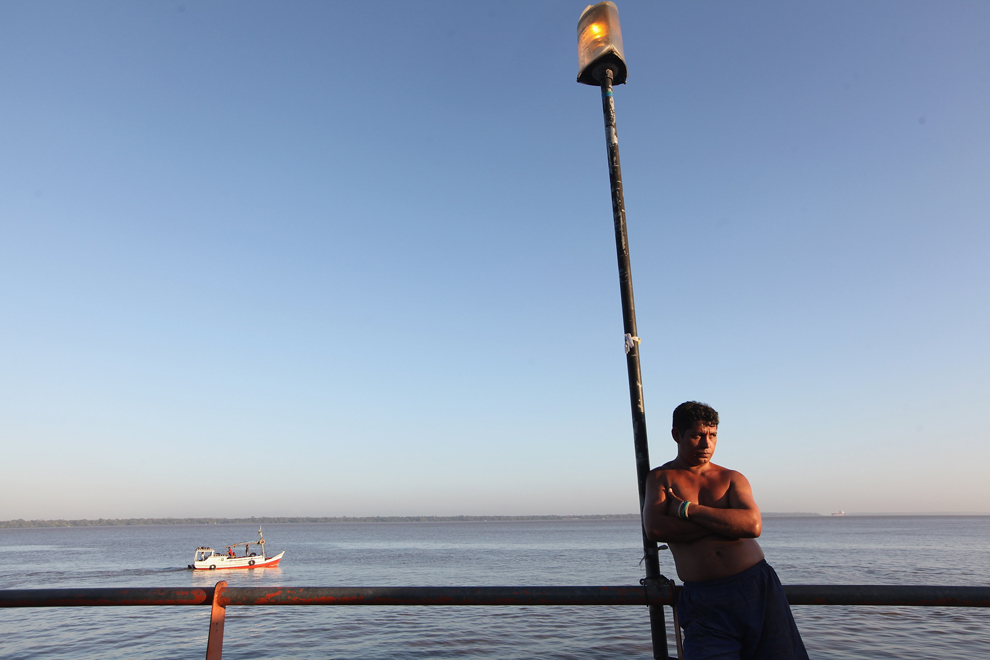
A
worker stands along the riverfront at the historic Ver-o-Peso market,
June 6, 2012 in Belem, Brazil. Fishermen and others who make their
livelihood on the waters of the Amazon basin face a variety of
environmental hazards including pollution from mining, agricultural
runoff and silting of the waters caused by deforestation. "Ver-o-Peso"
means "see the weight" and was named after the colonial Portuguese
mandatory weighing of merchandise to be taxed for the Portuguese crown.
(Mario Tama/Getty Images) #
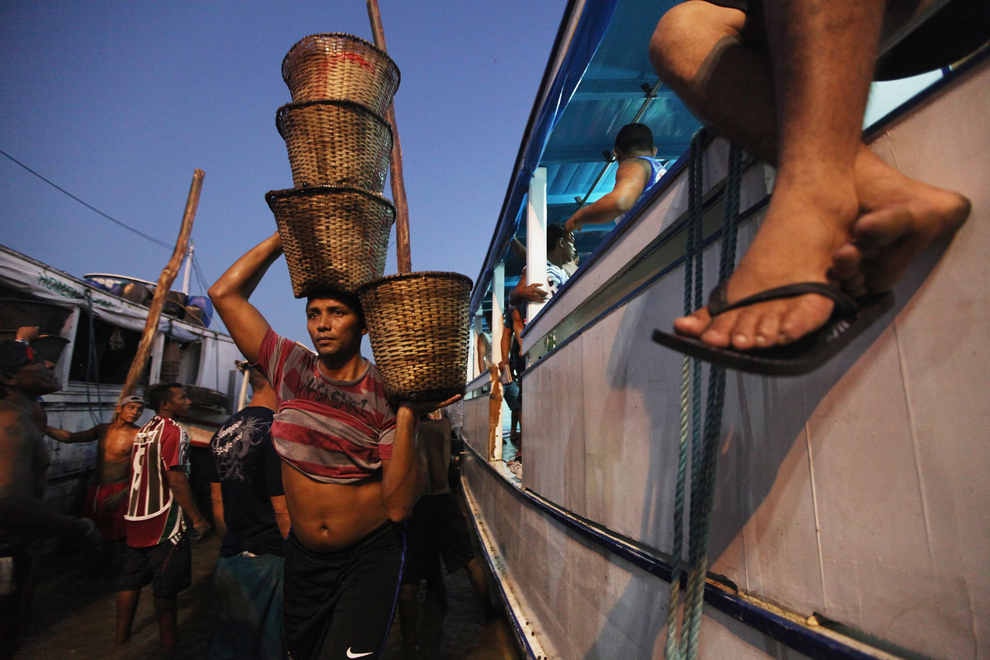
A
worker offloads baskets of acai berry at the historic Ver-o-Peso market
at dawn, June 7, 2012 in Belem, Brazil. The acai berry is a small,
round black-purple fruit, similar in appearance, but smaller than a
grape and with less pulp. In a study of three traditional populations in
the Brazilian Amazon, acai palm was described as the most important
plant species because it makes up a major compoment of their diet.
(Mario Tama/Getty Images) #

People
gather along the water at a former riverside port converted into an
entertainment complex, June 7, 2012 in Belem, Brazil. Over 100 heads of
state and tens of thousands of participants and protesters will descend
on Rio de Janeiro, Brazil, later this month for the Rio+20 United
Nations Conference on Sustainable Development or "Earth Summit". Host
Brazil is caught up in its own dilemma between accelerated growth and
environmental preservation. The summit aims to overcome years of
deadlock over environmental concerns and marks the 20th anniversary of
the landmark Earth Summit in Rio in 1992, which delivered the Climate
Convention and a host of other promises. Brazil is now the world's sixth
largest economy. (Mario Tama/Getty Images) #

Boys
bicycle in the Amazonian town of Acailandia, June 11, 2012 in
Acailandia, Brazil. The boomtown was founded when a highway was carved
through the rainforest and loggers quickly felled the valuable trees in
the area for profit. The town now has a population of 104,000 and houses
a number of smelters which produce pig iron. The smelters are usually
fuelled with charcoal created from illegally harvested Amazon rainforest
wood. (Mario Tama/Getty Images) #

A
Guajajara indigenous tribe member cartwheels in her village on
protected Amazonian indigenous land, June 10, 2012 in the Arariboia
Indigenous Reserve, Maranhao state, Brazil. Tribe members say their
forests are being plundered by illegal loggers who killed tribe member
who attempted to resist. (Mario Tama/Getty Images) #

A
mother and son sit in the water in the Amazonian town of Acailandia,
June 9, 2012 in Acailandia, Brazil. The boomtown was founded when a
highway was carved through the rainforest and loggers quickly felled the
valuable trees in the area for profit. The town now has a population of
104,000 and houses a number of smelters which produce pig iron. (Mario
Tama/Getty Images) #
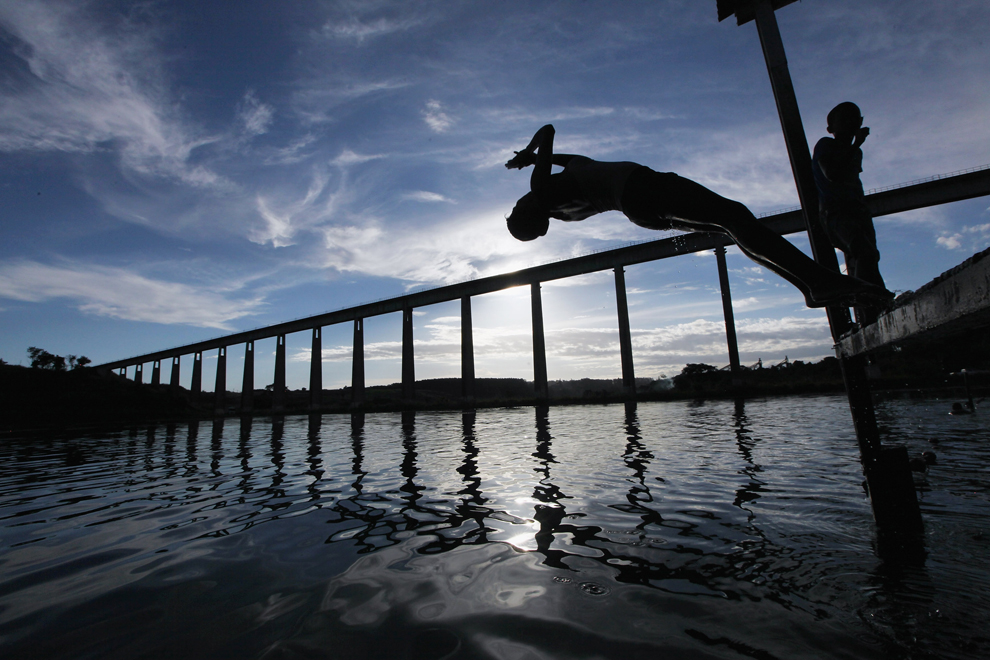
A
teenager jumps into the water in front of a railroad bridge operated by
Vale, a mining company and Brazil's biggest exporter, June 9, 2012 in
Acailandia, Brazil. The railroad transports iron ore from the world's
largest mine across the bridge on its way to a port to be exported. The
554-mile line uses a train comprised of 330 cars and four locomotives
and is the main lifeline of the country's iron industry. (Mario
Tama/Getty Images) #
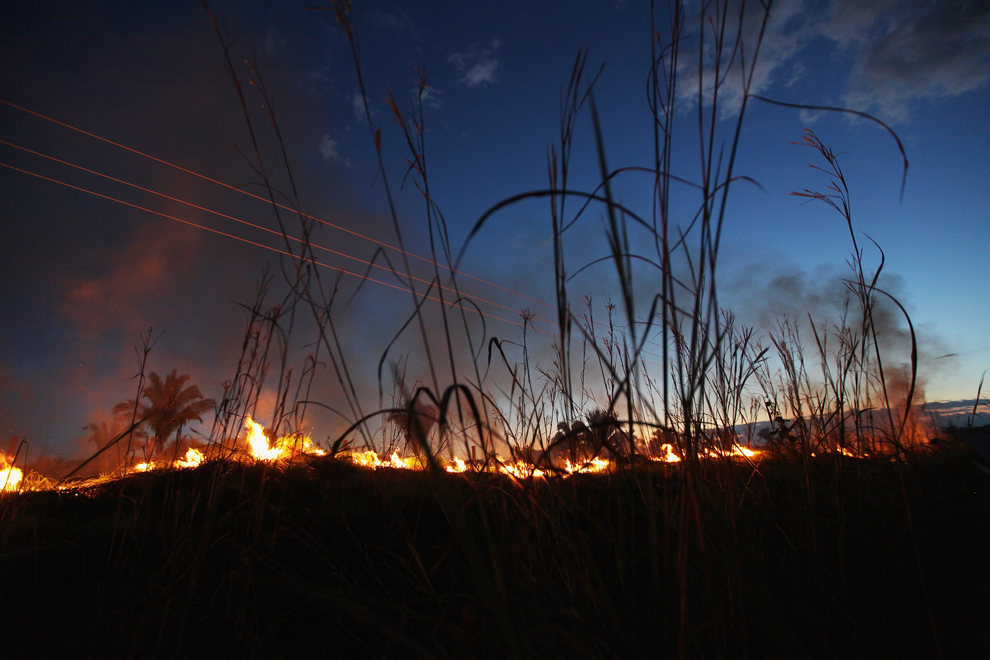
Illegal
burning clears brush and small trees for agriculture in an already
deforested section of Amazon rainforest, June 11, 2012 in Maraba,
Brazil. Although deforestation in the Brazilian Amazon is down 80
percent since 2004, environmentalists fear recent changes to the Forest
Code will lead to further destruction. Around 20 percent of the
rainforest has already been destroyed. (Mario Tama/Getty Images) #
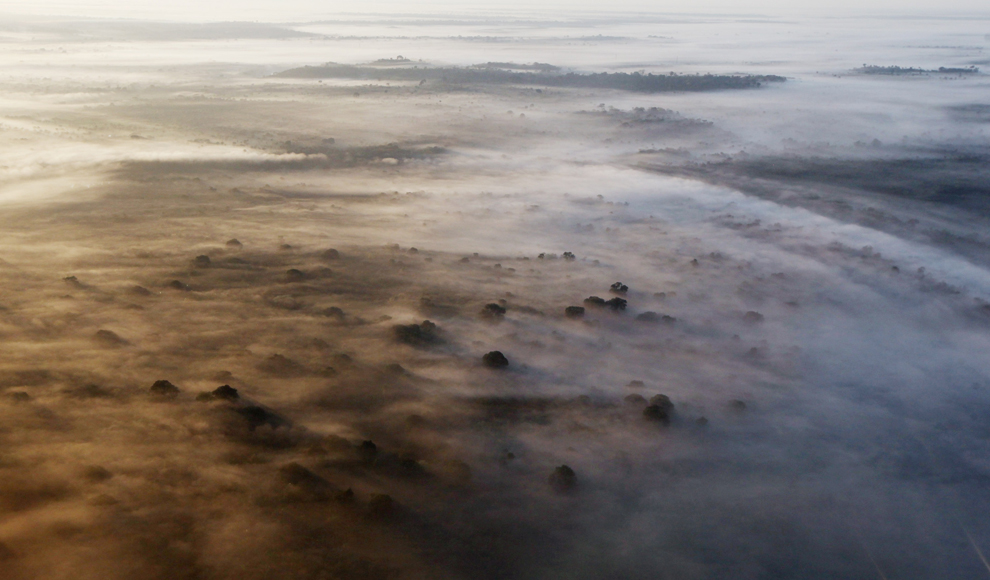
A
deforested section of Amazon rainforest is seen in the mist from an
airplane at dawn, June 8, 2012 in Para state, Brazil. Over 100 heads of
state and tens of thousands of participants and protesters will descend
on Rio de Janeiro, Brazil, later this month for the Rio+20 United
Nations Conference on Sustainable Development or "Earth Summit". Host
Brazil is caught up in its own dilemma between accelerated growth and
environmental preservation. The summit aims to overcome years of
deadlock over environmental concerns and marks the 20th anniversary of
the landmark Earth Summit in Rio in 1992, which delivered the Climate
Convention and a host of other promises. Brazil is now the world's sixth
largest economy and is set to host the 2014 World Cup and 2016 Summer
Olympics. (Mario Tama/Getty Images) #
Ricardo M Marcenaro - Facebook
Operative blogs of The Solitary Dog:
solitary dog sculptor:
http://byricardomarcenaro.blogspot.com
Solitary Dog Sculptor I:
http://byricardomarcenaroi.blogspot.com
Para:
comunicarse conmigo,
enviar materiales para publicar,
propuestas:
marcenaroescultor@gmail.com
For:
contact me,
submit materials for publication,
proposals:
marcenaroescultor@gmail.com
Diario La Nación
Argentina
Cuenta Comentarista en el Foro:
Capiscum
My blogs are an open house to all cultures, religions and countries. Be a follower if you like it, with this action you are building a new culture of tolerance, open mind and heart for peace, love and human respect.
Thanks :)
Mis blogs son una casa abierta a todas las culturas, religiones y países. Se un seguidor si quieres, con esta acción usted está construyendo una nueva cultura de la tolerancia, la mente y el corazón abiertos para la paz, el amor y el respeto humano.
Gracias :)

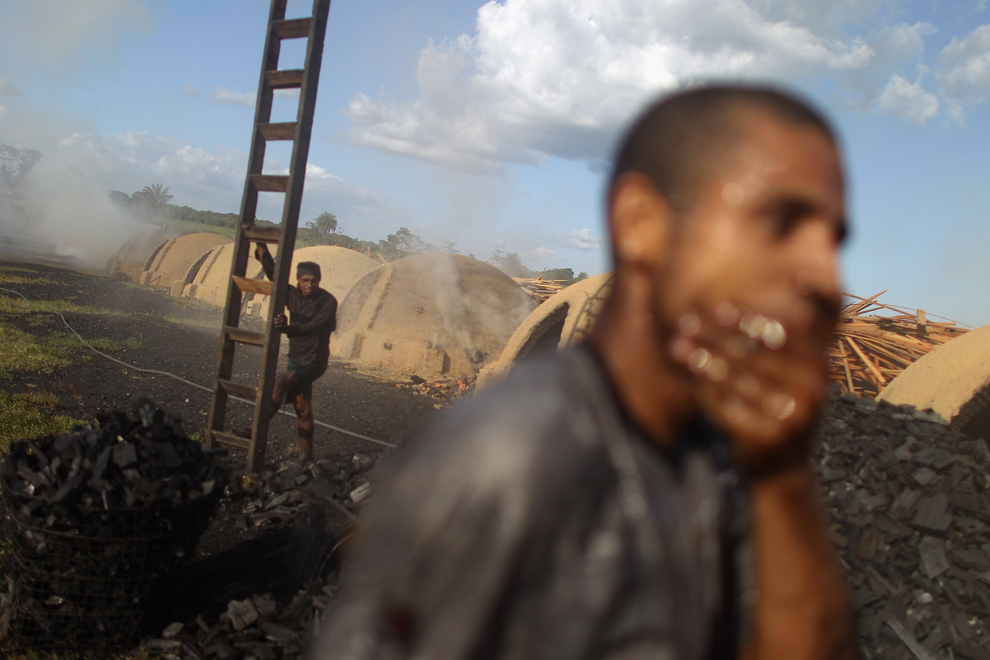


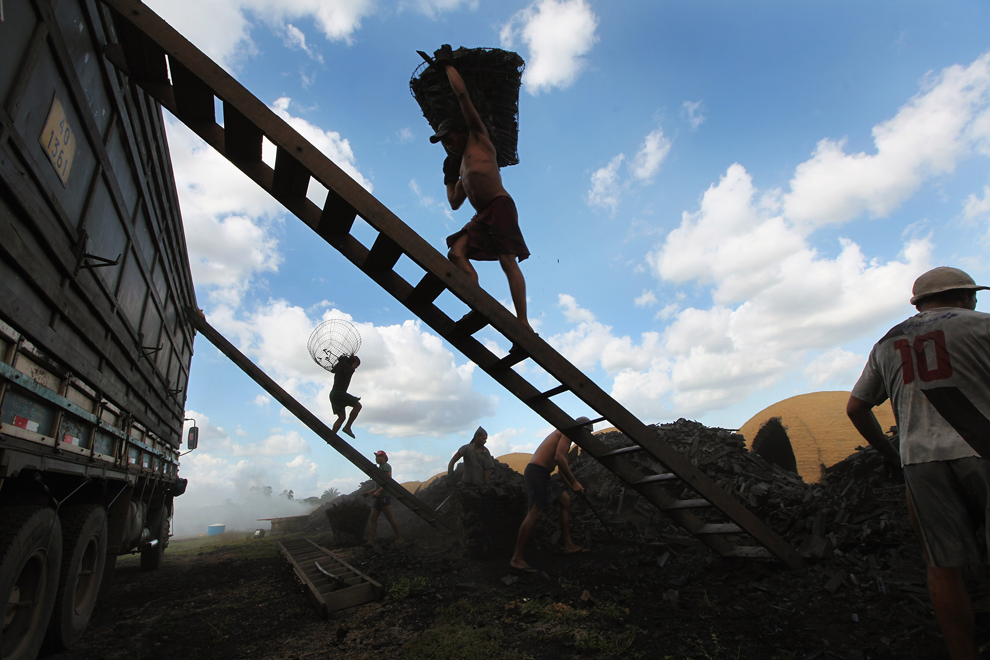
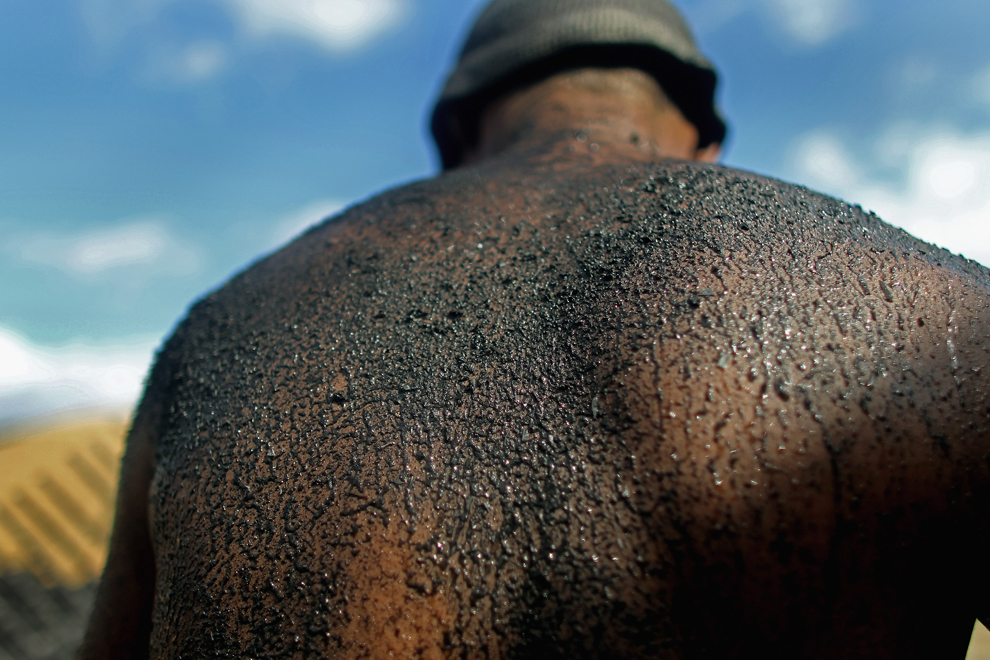

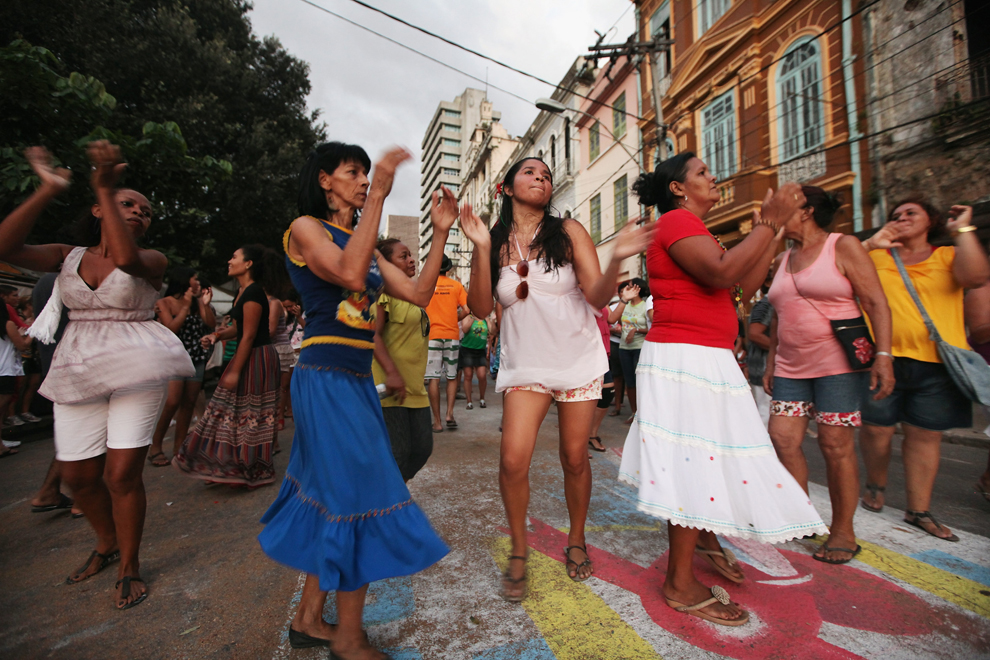
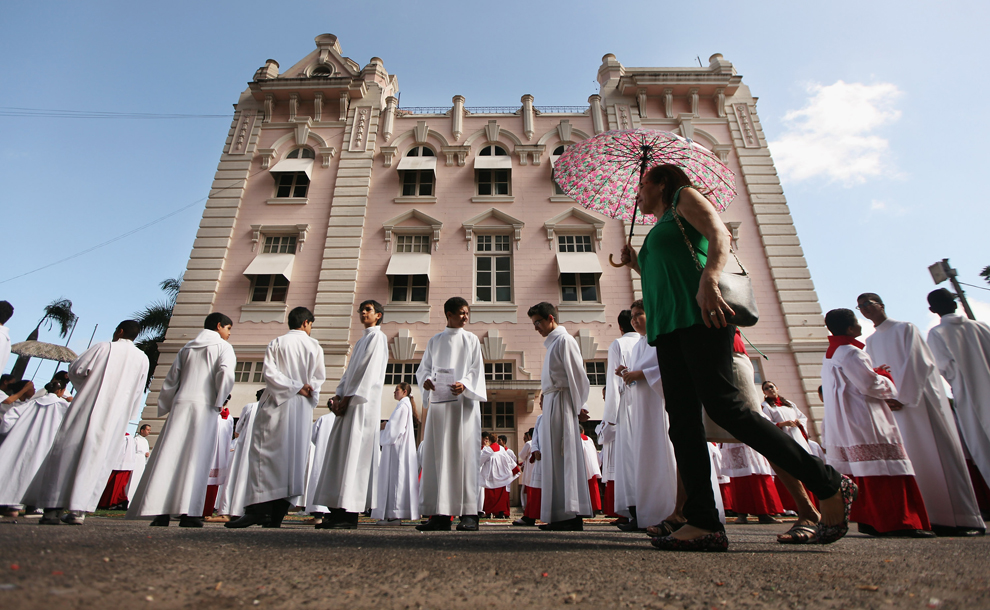
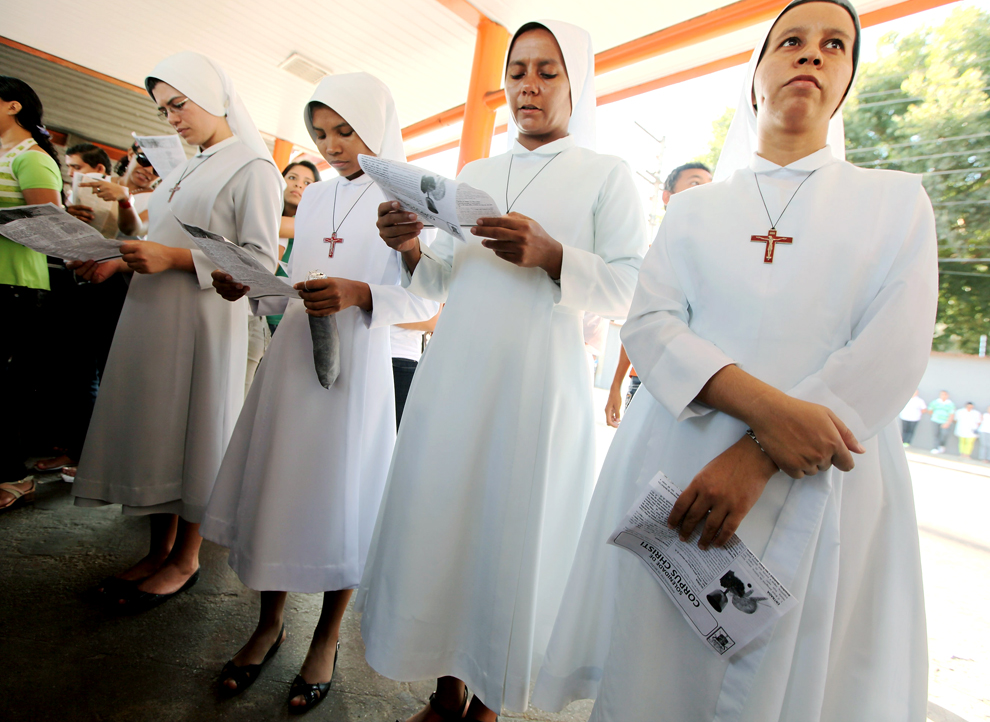
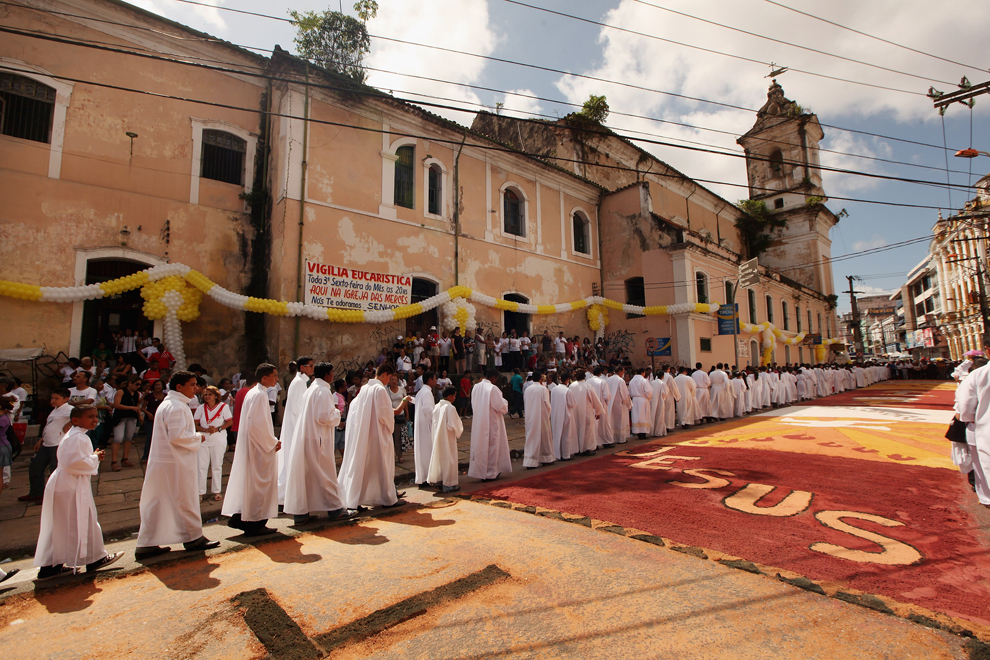
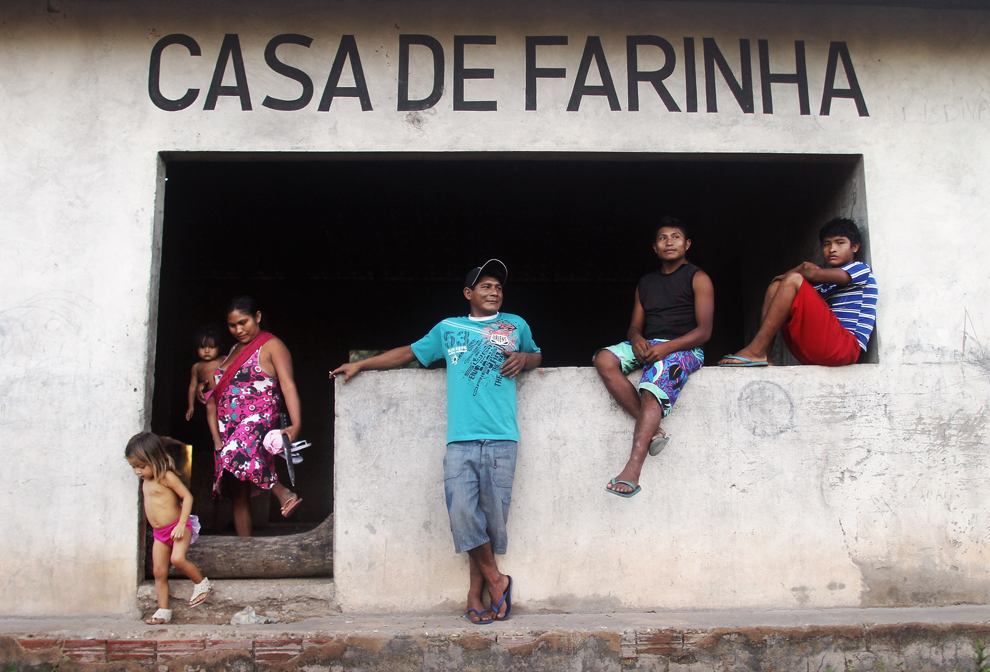
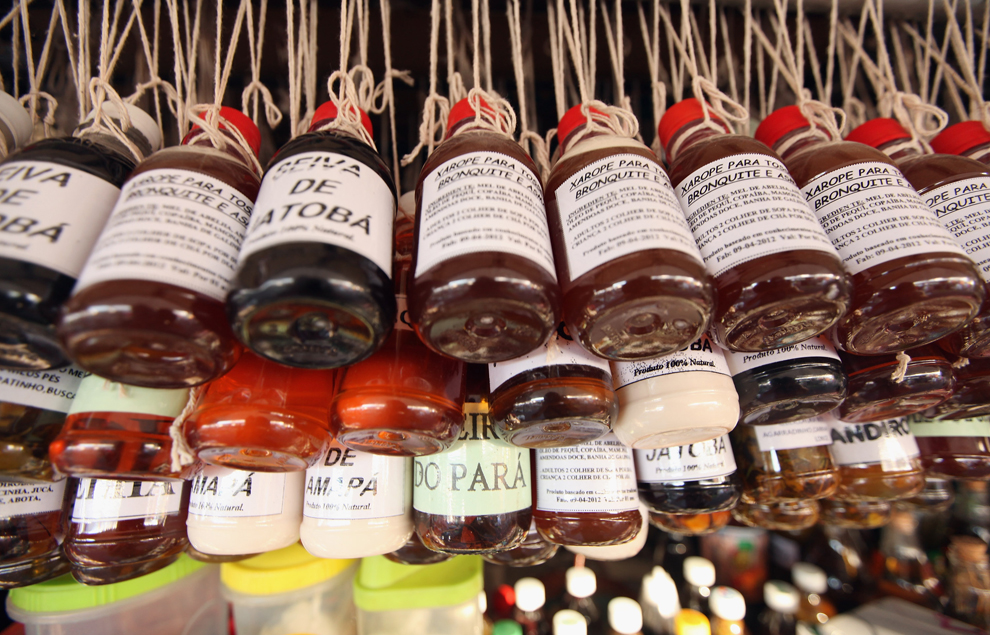
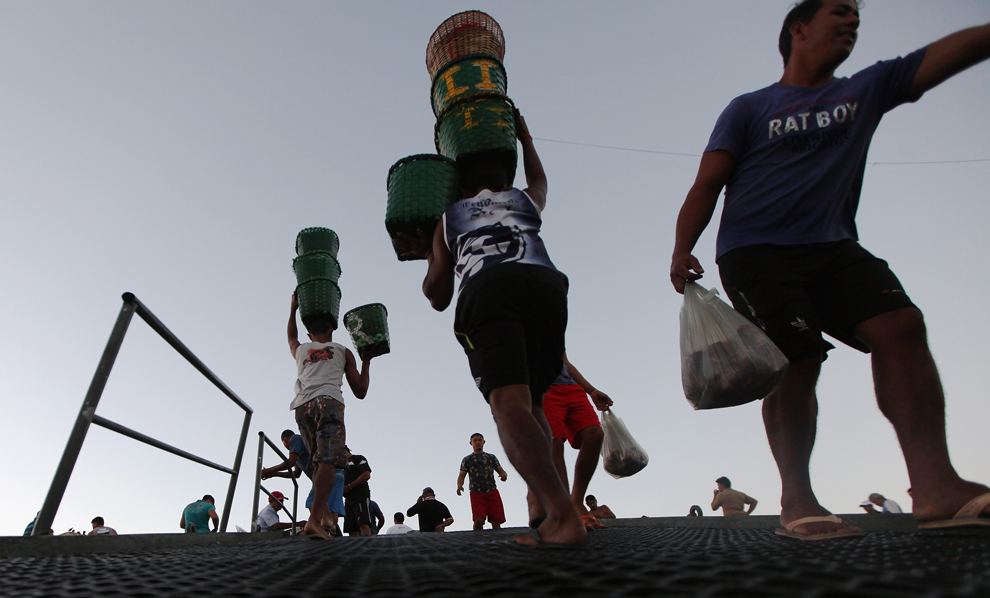
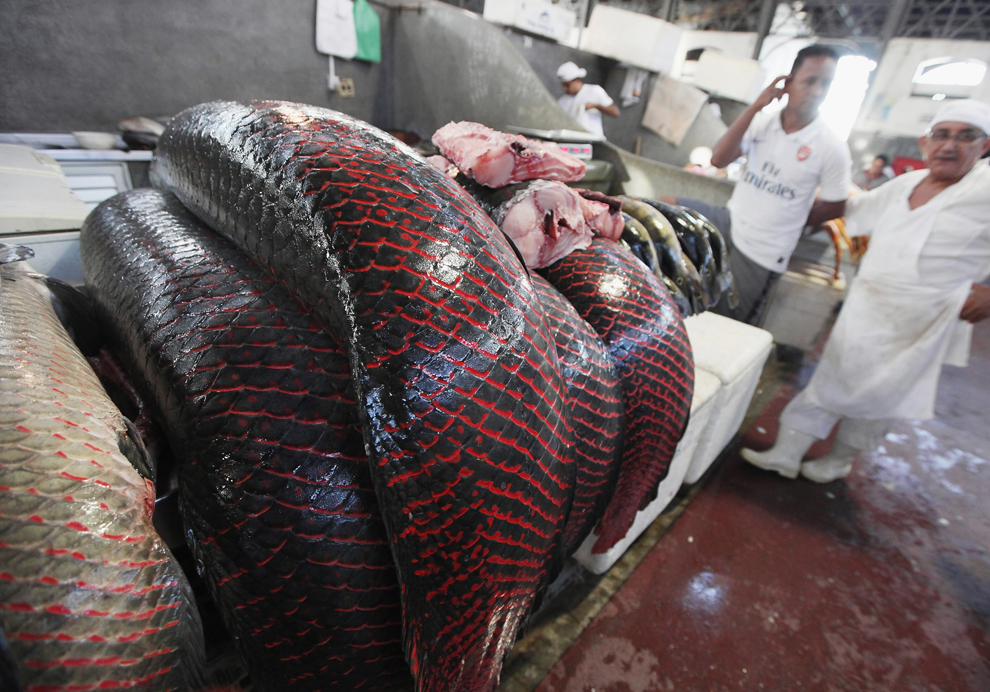

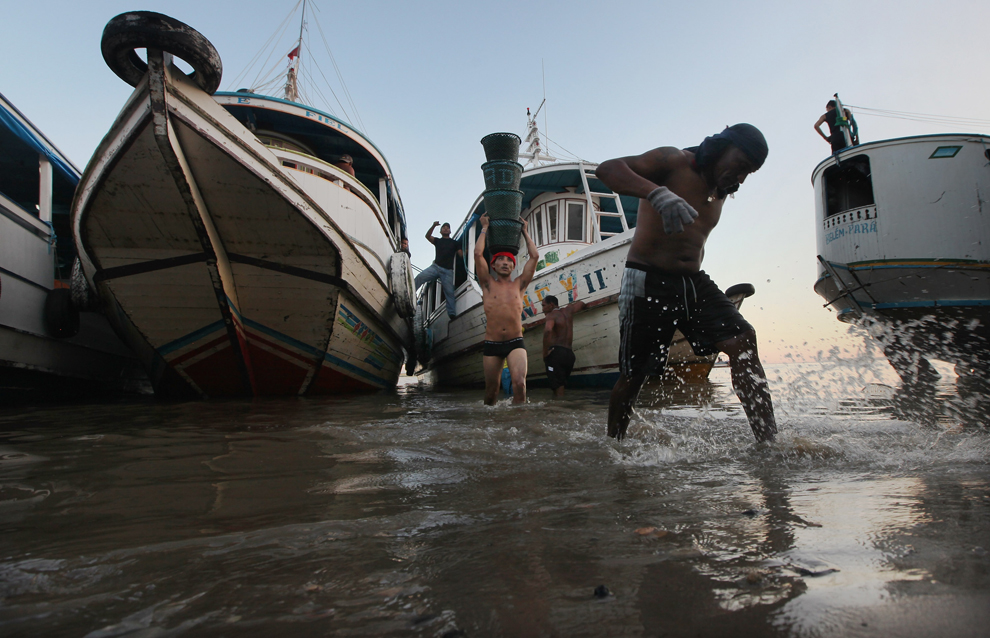
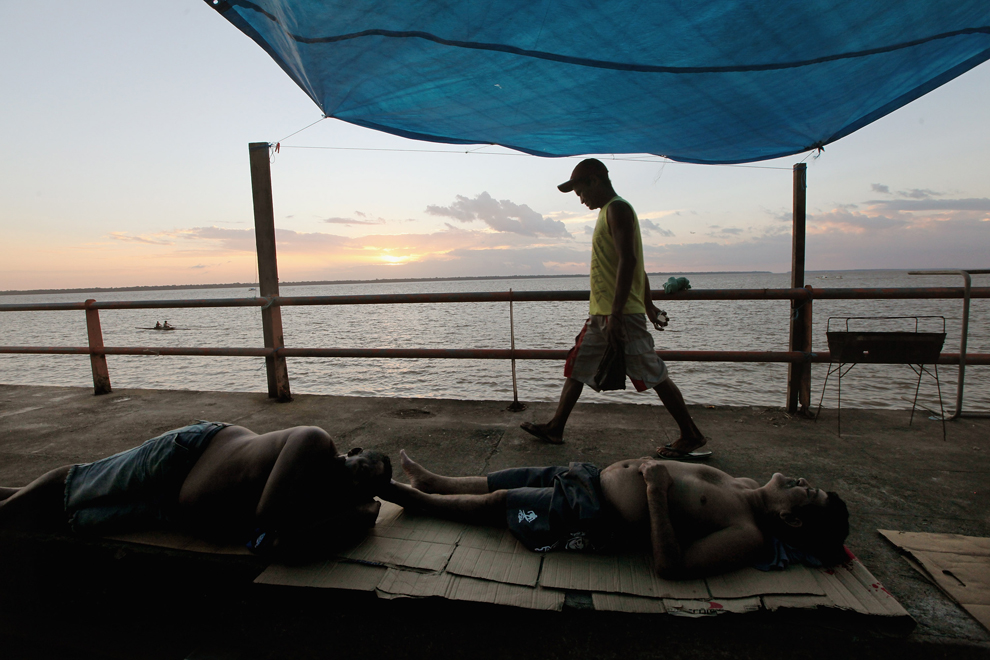
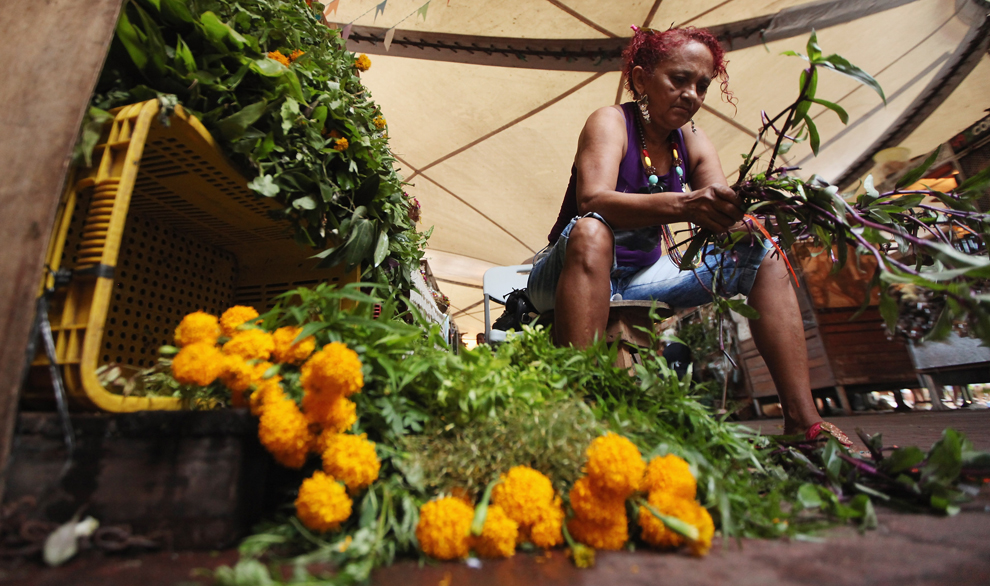

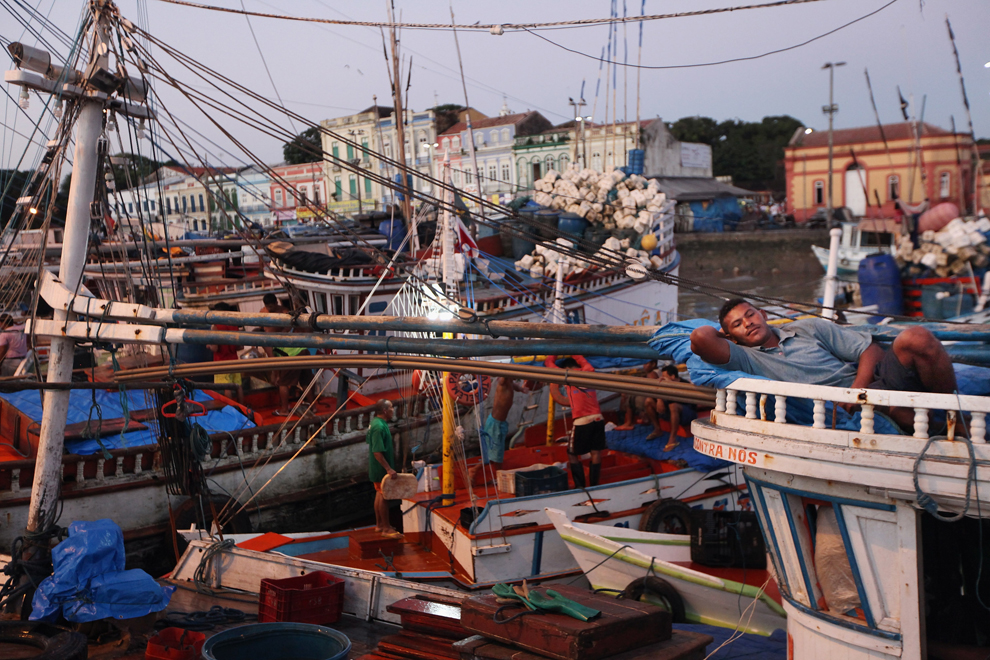
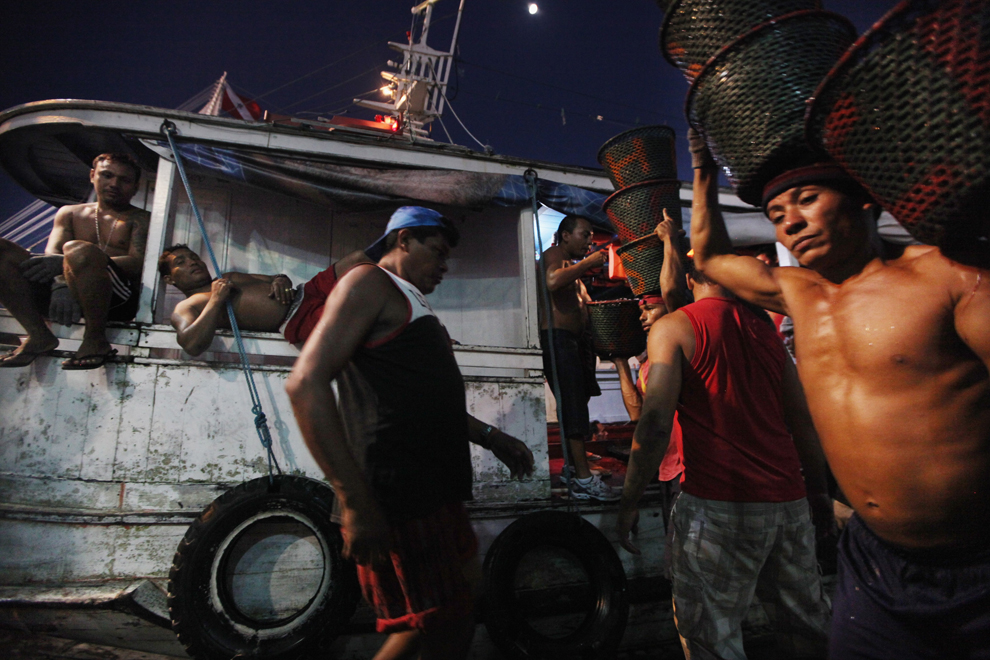
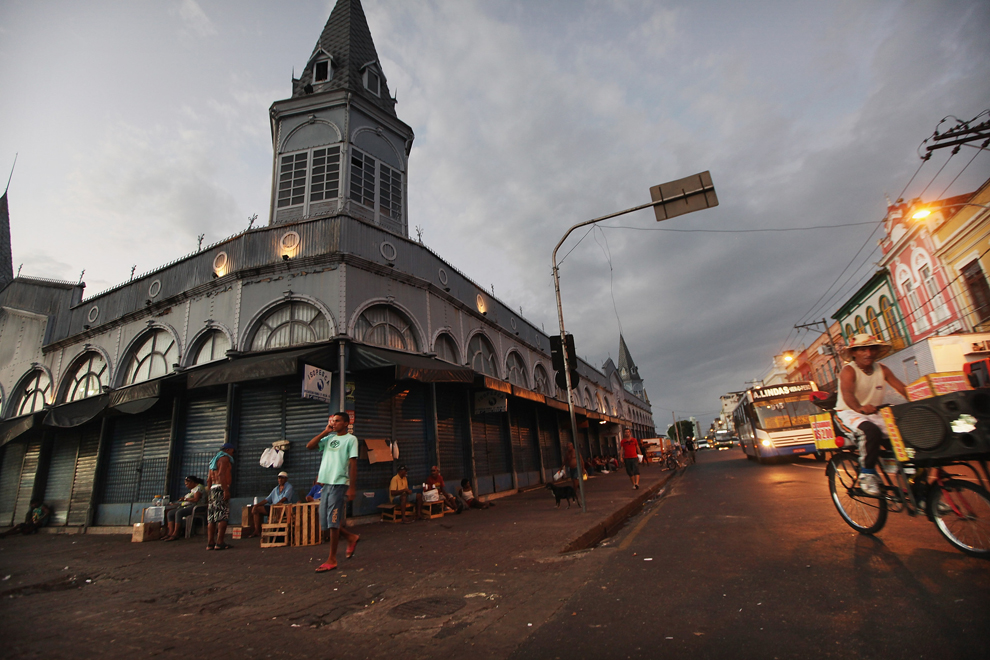
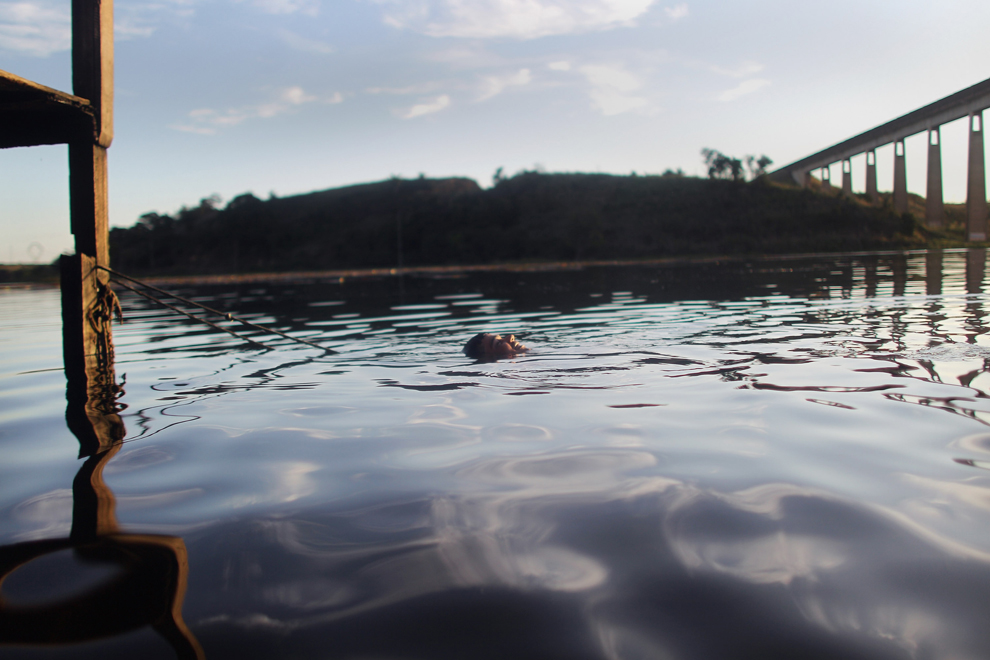
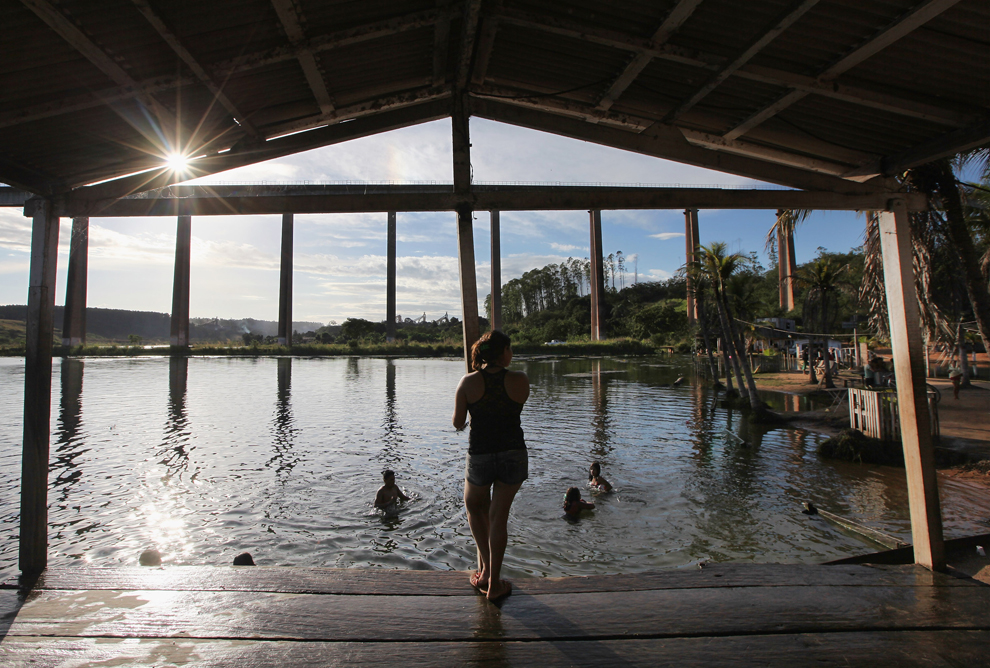

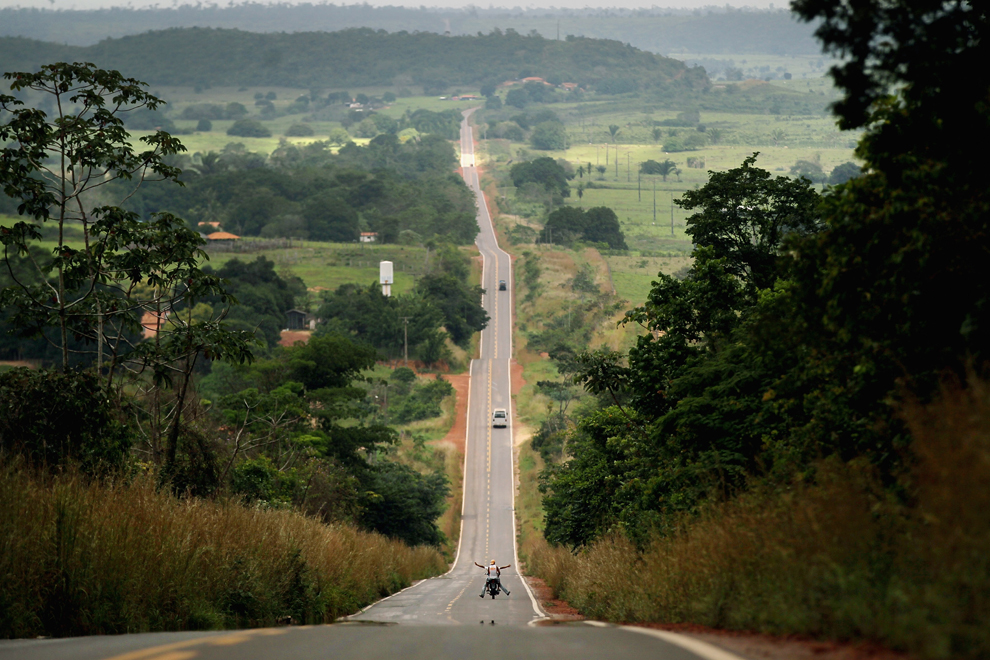
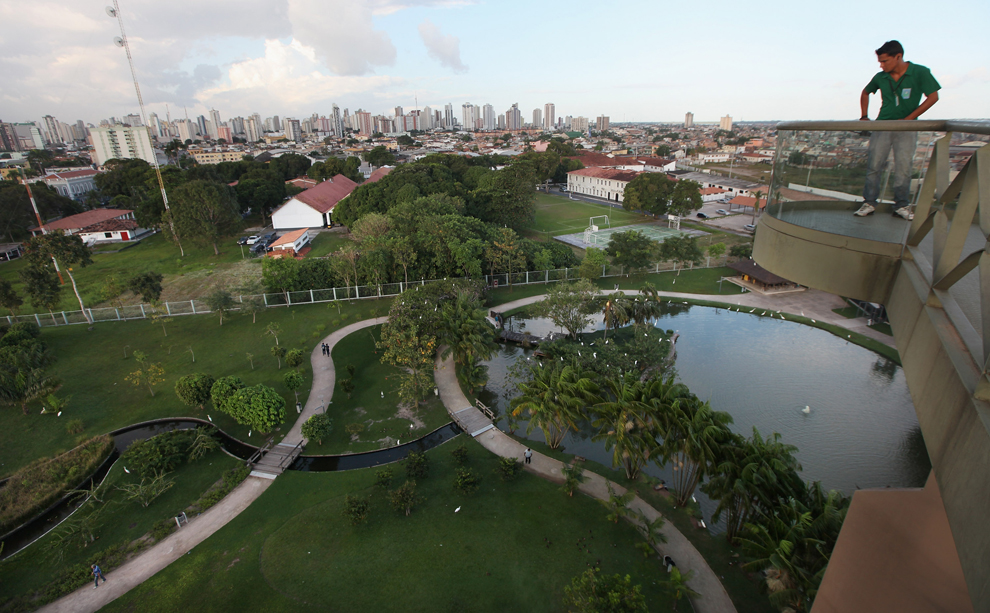

Comments (0)
Publicar un comentario